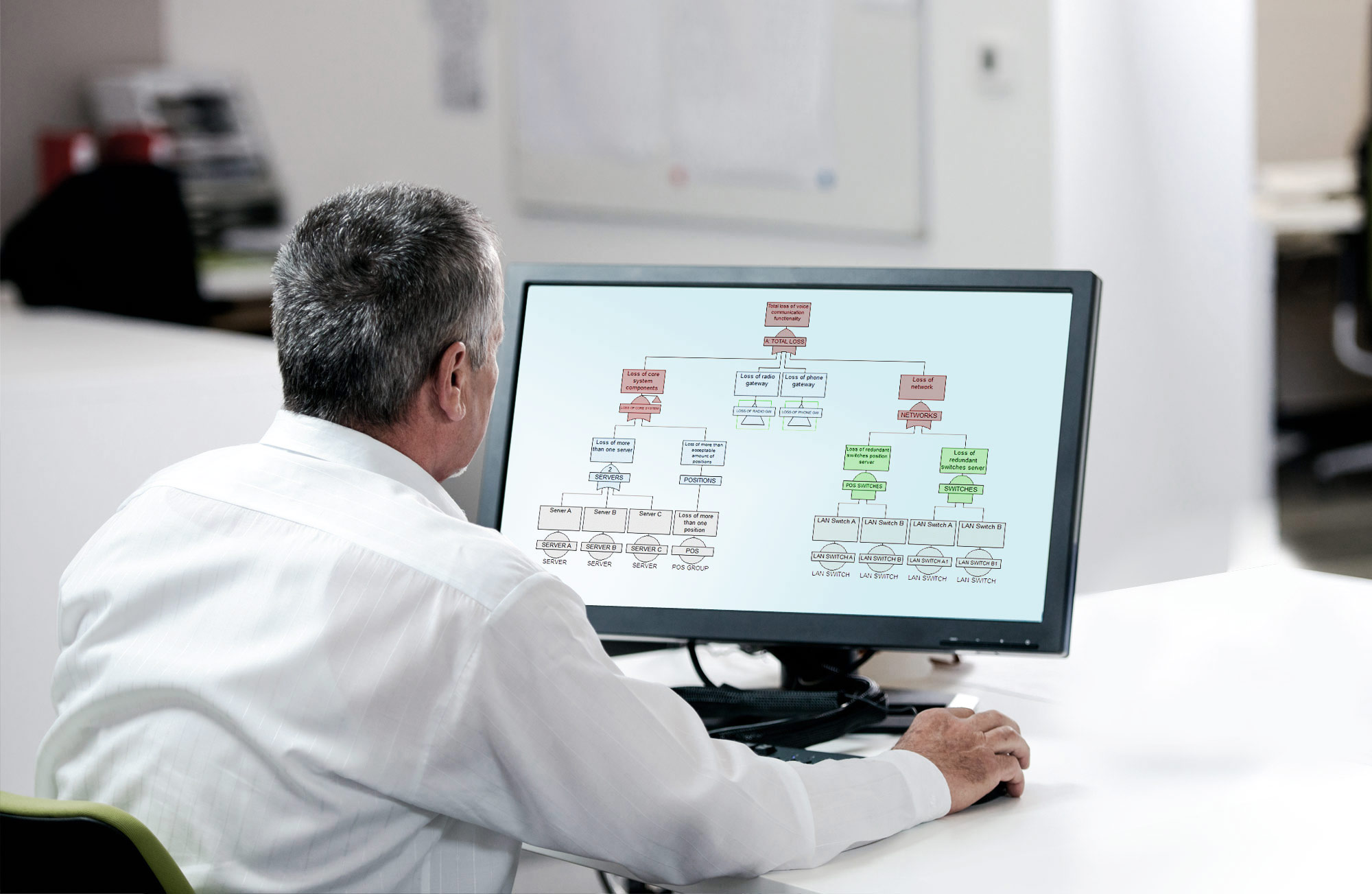SAFETY MANAGEMENT SYSTEM
The Frequentis Safety Management System has undergone continuous improvement for more than 20 years. It is rooted in an independent safety department and founded on five pillars.

In recent years, humanity’s dependency on technology has increased rapidly. Innovations in technology allow us to react to the growing complexity in fields such as Air Traffic Management and Public Safety & Transport. To ensure the safe operation of infrastructure, a thorough assessment of the interactions between human operators, procedures and technical systems is essential. The engineering discipline that has emerged from this challenge is commonly referred to as safety management.
The Frequentis Safety Management System has undergone continuous improvement for more than 20 years. It is rooted in an independent safety department and founded on five pillars.
The Frequentis Safety Assessment Process adheres to one of the most well-established and stringent safety processes in Air Traffic Management: Eurocontrol’s Safety Assessment Methodology.
There is no safety without security. At the same time, some established IT security best practises contradict safety requirements. For example, security best practices require the deployment of critical system updates as soon as they are available, and this can conflict with software-assurance regulations.
Frequentis products benefit from the comprehensive capture of user requirements thanks to the user-centric design approach, analysis, and user acceptance testing in the product development lifecycle, thereby complying with the related parts of ISO 9241 standard for ergonomics of human-system interaction.
At Frequentis, we develop software for safety-related environments. Therefore, our software and its development process need to meet various rigorous safety standards, depending on the domain and application.
Frequentis' deep knowledge in the area of international collaboration encompasses safety analyses, calculations, documentation, and the definition and implementation of the relevant safety requirements.